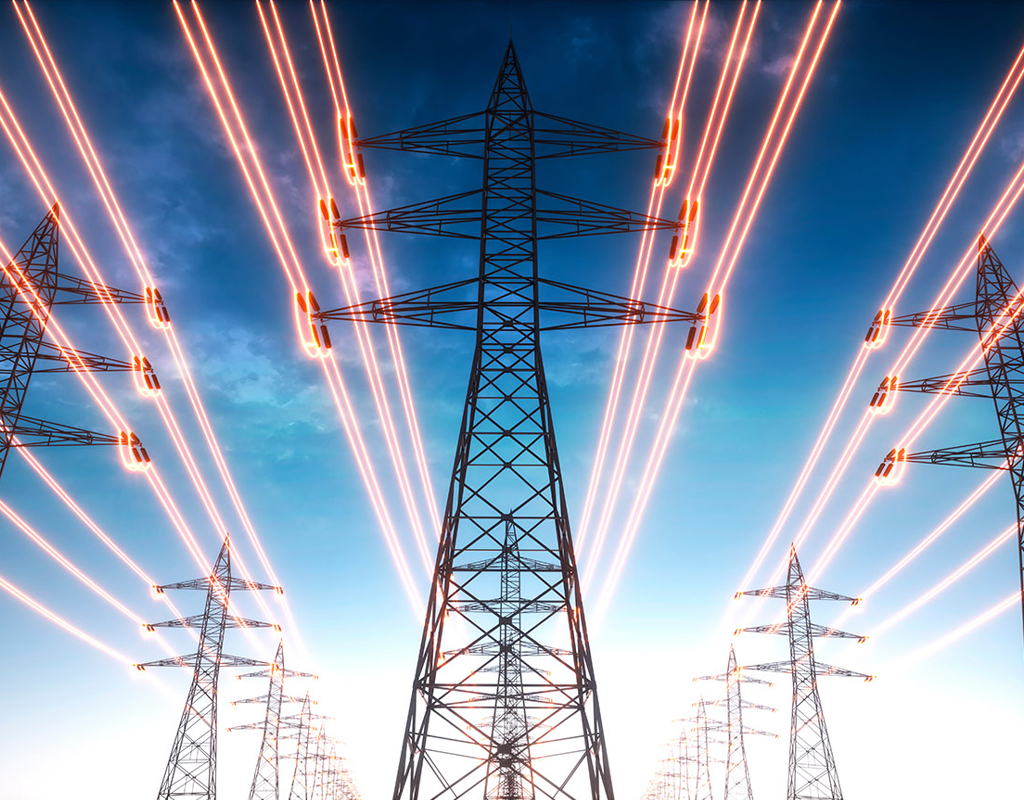Opening Hours:
10 am to 6 pm (Sunday Off)Send us mail
info@r6technologiespl.comr6tecpl@gmail.com

Electrical power transmission and distribution refer to the process of transmitting and distributing electric power from a power generation source to end users.
Transmission refers to the movement of electrical energy over long distances, typically from large power plants to substations. High-voltage power lines are used to transmit electricity over long distances, as the high voltage allows for more efficient transmission of power.
Distribution refers to the process of distributing electricity from substations to homes and businesses. Lower voltage lines are used for distribution, as the voltage is reduced to a level that is safe for use in homes and businesses.
Both transmission and distribution systems are typically operated by utility companies, which are responsible for maintaining the infrastructure and ensuring that electricity reaches end users safely and reliably.
The power transmission and distribution systems are critical for modern life and economy, without them the energy generated from power plants can not be delivered to end users.
Great experience and impressive product. It was a very professional and technically competent job from the whole team.
They were fantastic through the entire purchase process. Had lots of ask and they were patient. When my system arrived,
They helped lead me through the process of system selection placing my order. They were provided guidance each step.
WhatsApp us